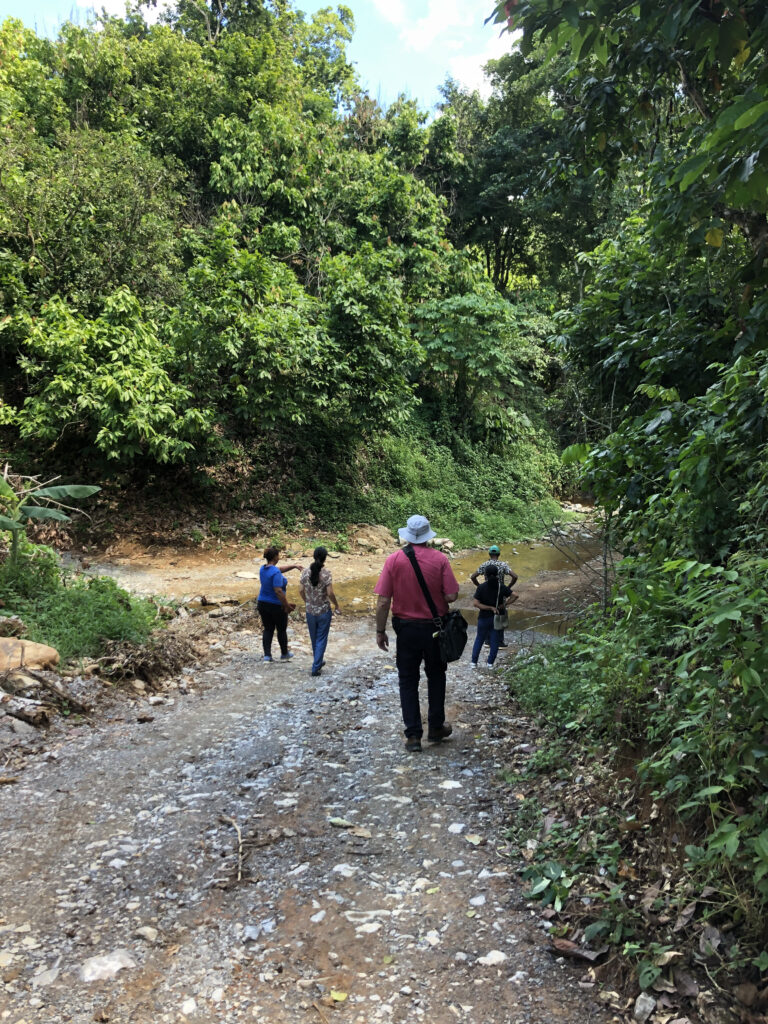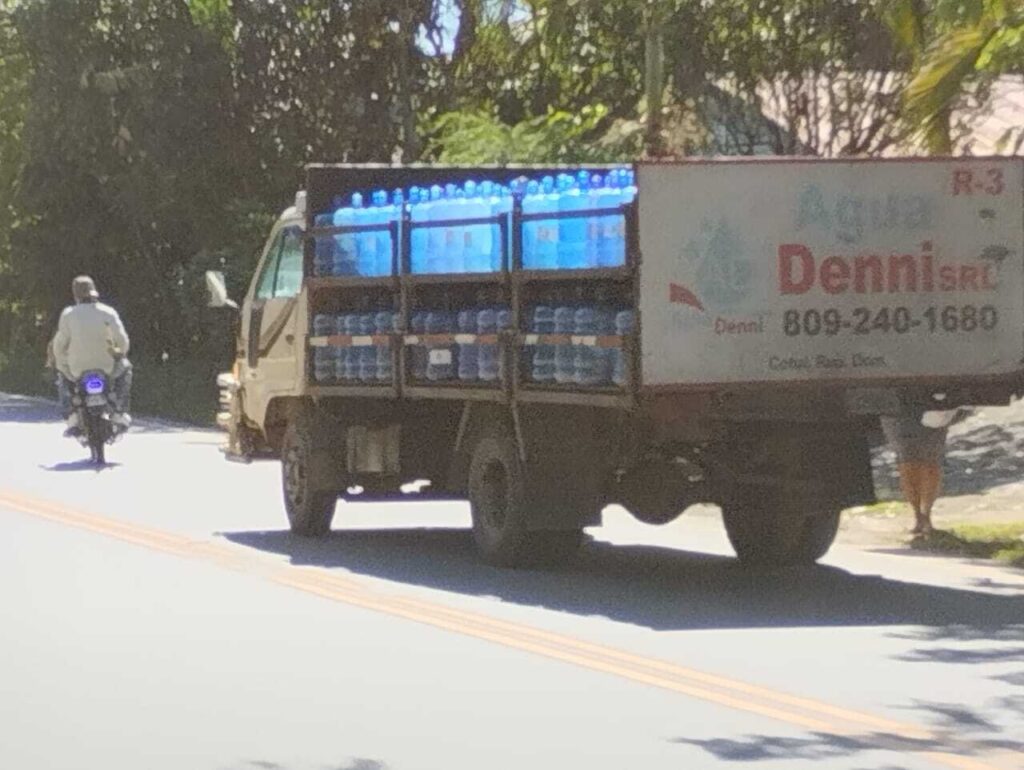Last month, I visited the Dominican Republic for a second time to support civil society and mining impacted communities’s efforts for transparency, accountability and remedy for the harms caused by irresponsible mining practices. The DR is home to the sixth largest gold mine in the world, the Pueblo Viejo mine, a joint venture between Canadian mining-giant Barrick Gold and U.S.-based Newmont. Communities living downstream from the mine, and particularly its tailings dam, have been calling to be relocated for years as they suffer the impacts of mining operations and waste storage. For more information about the specific problems with this mine, see the piece I wrote after my last trip.

Now, Barrick has proposed an expansion project which would triple the amount of land the company leases for its mining operations and create a second tailings dam. The second dam, called the Naranjo tailings storage facility, would be another huge mine waste dump. Plans estimate that the dam will store 344.7 million tons of tailings and waste rock, held back by a wall that is 157 meters tall and 4 kilometers long, one of the largest dams of this type in the world. To build this new tailings dam, six communities will have to be relocated: Arroyo Vuelta, Las Lajas, Tres Bocas, Dos Palmas, La Placeta y La Jagua Mocha.
Until recently, details around the second tailings dam were sparse. While communities had been calling for the public release of the Environmental Impact Study (EIS) for the project for over a year, it wasn’t until June of 2023 that public pressure on the government forced the Ministry of the Environment to make a copy public. The Espacio Nacional por la Transparencia de la Industria Extractivas (ENTRE), a national coalition of organizations monitoring extractive projects in the Dominican Republic, and impacted communities asked international partners, like Earthworks, to hire geophysicist Dr. Steven Emerman to carry out an independent review of the document. Dr. Emerman’s found many serious deficiencies:
- The EIS is incomplete: It justifies decisions based on documents and studies that, according to the bibliography, have not been finished yet. Parts of the EIS were submitted in English (in a country where the official language is Spanish), and there are no documents that provide details to the stability of the current tailings dam at the mine, even though it is used to justify the proposal for the new facility.
- The safest options for tailings disposal are not considered: The EIS does not consider backfilling the open pit with tailings and waste rock, which would reduce the probability and consequences of a dam failure at the site, even though Barrcik has used this technique at other mines Additionally, the type of dam proposed in the document is described by Dr. Emerman as “an unusual design” and he is only able to point to one other dam in the world that would have the same characteristics, located in Laos.
- There isn’t adequate information on the impacts of a potential failure: The EIS only includes information on a possible failure that flows for 30 km below the proposed dam. However, Dr. Emerman estimates that tailings would actually flow the 110 km to the Caribbean Ocean and would reach Samana Bay within 5 hours. Despite the potential for catastrophic damages, the EIS does not include any of the impacts to people and the environment from a potential dam failure including death, damage to infrastructure, or impacts on agricultural production. The document indicates that the dam would be classified as “Extreme,” meaning that over 100 people could be killed as a result of a dam failure, but does not provide specific estimates or details. Lastly, even though the new dam would be built less than a kilometer away from the current tailings dam, at no point does the EIS examine possible impacts of simultaneous dam failures, which could occur during an earthquake or hurricane, for example.
- There is no long term plan: Tailings dams exist in perpetuity and because of their risks to people and the environment, they cannot simply be abandoned. The EIS does not include any provisions for long term monitoring and maintenance by the company. Presumably once the company finishes operations, the government will be left indefinitely ensuring the dam’s safety.
While in the Dominican Republic, Dr. Emerman presented his review to legislators, academics, environmental organizers and the communities impacted by the mining project. Understanding and analyzing these deficiencies is essential because an EIS should be a tool for the Dominican Government and its citizens to decide whether the project should move forward by assessing its potential benefits, impacts and risks. If the EIS is inadequate, how can regulators and the Dominican public make an informed decision about whether to accept the potential risks of this project?

We tried to spread the information in Dr. Emerman’s review as broadly as possible, and our visit did not go unnoticed. During a community meeting in La Cerca, one of the communities impacted by the current tailings dam, we were told that employees for the mine had been going door to door, telling community members not to attend. Three attendees told us that company employees had said that if they participated in the meeting, they would never be hired to work at the mine, a significant threat to young men in an area with few employment opportunities. We heard statements like “we can’t take it anymore” and “we are all being threatened.” Despite these tactics, the communities around the Pueblo Viejo mine are clear: the expansion project, including the second tailings dam, should not move ahead until the 450 families in the six towns next to the Pueblo Viejo mine are relocated to a community where they can live with dignity in a healthy environment.
Want to show your support for these communities as they struggle for justice? Sign here and add your name.
